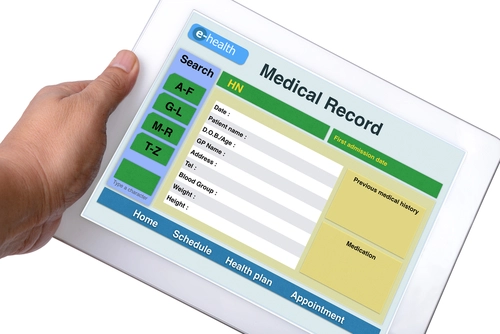Ask These Questions for Clear Pink Eye Coding

Know cause, location to find the specific Dx. You know it as conjunctivitis, though it's more commonly known as pink eye. But it also goes by other names. Ever heard of swimming-pool conjunctivitis? Shipyard eye? Or even Newcastle conjunctivitis? Whether you are familiar with these forms of this common eye infection or not, there are some fast and easy ways to arrive at the correct ICD-10-CM code. All you have to do is answer the following questions, and you'll become an eagle-eyed conjunctivitis coder in no time. Ask, "What's the Cause?" Generally speaking, conjunctivitis has two distinct etiologies: it is either viral, or it is caused by allergies. What's confusing for coders, however, is that some forms are found among the infectious and parasitic diseases in Chapter 1 of the ICD-10-CM, while others are found among the diseases of the eye in Chapter 7. There's even one form of viral conjunctivitis caused by the gonococcus bacterium that affects neonates and is classified as P39.1 (Neonatal conjunctivitis and dacryocystitis). One easy way to tell the difference, according to Chelle Johnson, CPMA, CPC, CPCO, CPPM, CEMC, AAPC Fellow, billing/credentialing/auditing/coding coordinator at County of Stanislaus Health Services Agency in Modesto, California, is that "the B30 codes, such as the ones listed below, are most often inflammations associated with cold and flu symptoms." Both B30.0 and B30.1, for example, are caused by the adenovirus, described by the Centers for Disease Control (CDC) as a "common cause of respiratory illness," that results in "cold-like symptoms, sore throat, bronchitis, pneumonia, diarrhea, and pink eye (conjunctivitis)." In other words, as Marcella Bucknam, CPC, CCS-P, COC, CCS, CPC-P, CPC-I, CCC, COBGC, manager of clinical compliance with PeaceHealth in Vancouver, Washington puts it, "B30 is for viral conjunctivitis and must be specified by the provider as such, while the H codes describe bacterial and allergic conjunctivitis as well as unspecified conjunctivitis." Ask, "Is it Follicular or Papillary?" Among the H codes, conjunctivitis is either classified as follicular, which is caused by a virus or a reaction to medication, or papillary, which is caused by an allergic response. If your provider notes nodules in the patient's eye itself, then you are dealing with the follicular form, while small nodes on the surface of the eyelid are indicative of the papillary variety. These two distinctions will help you zero in on a number of codes in the H10 code set: One quick and easy way to differentiate between these kinds of conjunctivitis, according to Johnson, is to review all of the medical record before assigning a code. "Look for symptoms such as mucus or pus (H10.01-) or a thin watery discharge (H10.23-)," Johnson advises, "which can affect the selected code." Ask, "Is the Condition Acute or Chronic?" As with so many conditions, conjunctivitis can come on quickly or it can occur regularly, so you will need to make sure your pediatrician has noted this to document acute or chronic accurately. Ask, "What Part of the Eye Is Affected?" Finally, coders should be aware that all the different kinds of H10 conjunctivitis take a fifth or sixth character to note whether the condition occurs in the right eye (1), the left eye (2), bilaterally (3), or whether the eye is unspecified (9). Ultimately, though, "the key challenge" for coders, according to Bucknam "is documentation. Conjunctivitis is often self-limited and requires little actual treatment or diagnostic testing, so providers may only include a very nonspecific diagnosis. This could affect future reimbursement," Bucknam cautions, "so getting the right details is key."




